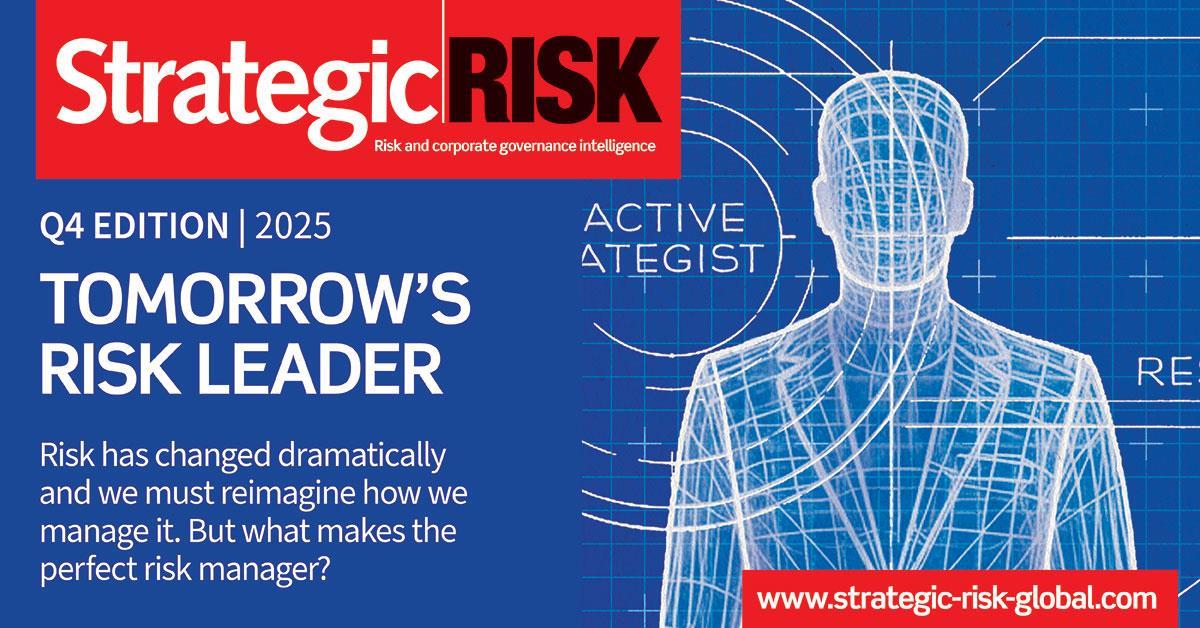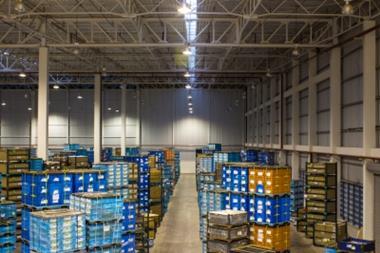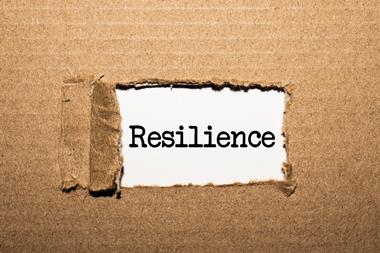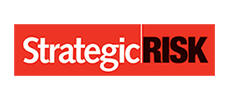As businesses grapple with a complex web of threats, Inverto’s latest study reveals a shift toward structural risk management, yet many still lag in digital readiness. From AI gaps to supply chain overexposure, the report urges firms to act now or risk falling behind.
European businesses are moving away from reactive risk responses as they confront a complex mesh of pressures ranging from geopolitical instability to soaring procurement costs and regulatory upheaval.
A new study by Inverto, the procurement and supply chain consultancy within Boston Consulting Group, suggests many companies are now rethinking both their operational structures and the tools they use to manage uncertainty.

Gone are the days when individual risk factors – such as energy prices or raw material shortages – dominated boardroom agendas. Today’s environment, Inverto argues, is shaped by multiple, concurrent threats of equal weight. These include global tensions, economic volatility, compliance requirements, and long-term questions about supply security and resilience.
Based on a survey of 260 companies across Europe and the UK, the report paints a picture of organisations operating in a polycrisis environment that demands a more integrated, digitally enabled and forward-looking approach to risk.
One of the most significant findings in the study is the scale of planned transformation: more than half of the companies surveyed intend to fundamentally restructure their supply chains over the next five years.
Key strategies include supplier base consolidation and regionalisation – both aimed at reducing dependency on single countries or regions. Traditional tactics such as dual sourcing or stockpiling are falling out of favour, partly due to cost pressures and a sharper focus on liquidity.
This reflects a broader strategic shift: from insulating operations against specific known threats to building supply networks that can flex and respond to evolving conditions.
Case study: Wine bottling disruption highlights fragility
A strike at one of the UK’s largest wine bottling plants has raised further concerns about supply chain concentration and lack of contingency planning. The dispute at Encirc’s Bristol facility – which handles 300 million litres of wine annually and bottles 18 of the UK’s 20 wine brands – could leave supermarkets facing severe stock shortfalls.
According to Inverto, this is a textbook example of how over-reliance on a single supplier or site can leave entire industries exposed. Katharina Erfort, principal at Inverto, warns: “This kind of scenario is a reminder why companies need to manage their supply chain and form contingency plans for critical categories. Businesses can start by ensuring that they have at least two suppliers to lessen the risk of supply shortages.”
“Having a single factory deal with a very large share of the market can deliver economies of scale but it also makes a supply chain very vulnerable to these kinds of surprises,” she adds. Consolidation may have improved efficiency over the past thirty years, but the rising complexity of global logistics and the succession of external shocks – from COVID-19 to the Red Sea crisis – has exposed the limits of that model.
Inverto’s advice: build in diversification, increase visibility, and engage more closely with suppliers to actively monitor and manage disruption risks in real time.
More structured – but still not smart enough
There are signs of progress in how risk is structurally embedded into business processes. According to Inverto, 76 percent of organisations now analyse risks in a structured way (up from 56 percent in 2022), and 82 percent define specific countermeasures. Risk governance is increasingly cross-functional, with finance, procurement, and compliance teams coordinating through dedicated committees.
However, when it comes to digital maturity, most companies remain behind the curve.
Only 45 percent have adopted an AI-powered early warning system for risk detection. A further 42 percent use artificial intelligence to some extent – but many still rely on manual processes and siloed tools. Just 34 percent report having fully integrated real-time data, and only 22 percent actively use predictive analytics, despite 74 percent recognising its value.
This leaves companies exposed to avoidable disruptions, says Sebastian Wellmann, associate director at Inverto and author of the report. “Without targeted investments in digital analytics and real-time data, companies identify many risks too late,” he warns.
AI-based tools, automated monitoring, and data-driven decision-making should, in his view, be core components of any strategic risk management approach. Yet many firms are still struggling to get the basics right – from data integration to governance.
Regional differences in digital adoption were also stark. Companies in Spain lead the way in deploying AI and other digital tools, with the UK and France not far behind. By contrast, German companies reported the lowest uptake, raising concerns about future competitiveness.
These disparities may be linked to differences in sector exposure, regulatory drivers, or local investment priorities – but Inverto sees them as a wake-up call. Companies that continue to lag in digital capability risk falling behind in resilience and operational continuity.
The way forward
The overarching recommendation from the study is clear: organisations need to embed risk awareness across all levels and functions, supported by better data and smarter tools.
Structures such as cross-functional governance, real-time dashboards, and so-called Risk Control Towers can help. But the cultural shift is just as important. Risk should no longer be seen as the remit of a single department. It must become a shared responsibility, integrated into strategic planning, supplier selection, investment decisions, and day-to-day operations.
“The goal must be a proactive, strategic risk management approach that not only detects risks early but actively manages them,” says Wellmann.
The polycrisis era is not going away. But with the right structure, culture, and technology in place, companies can be better prepared – not just to withstand the next disruption, but to adapt, recover, and grow through it.














No comments yet